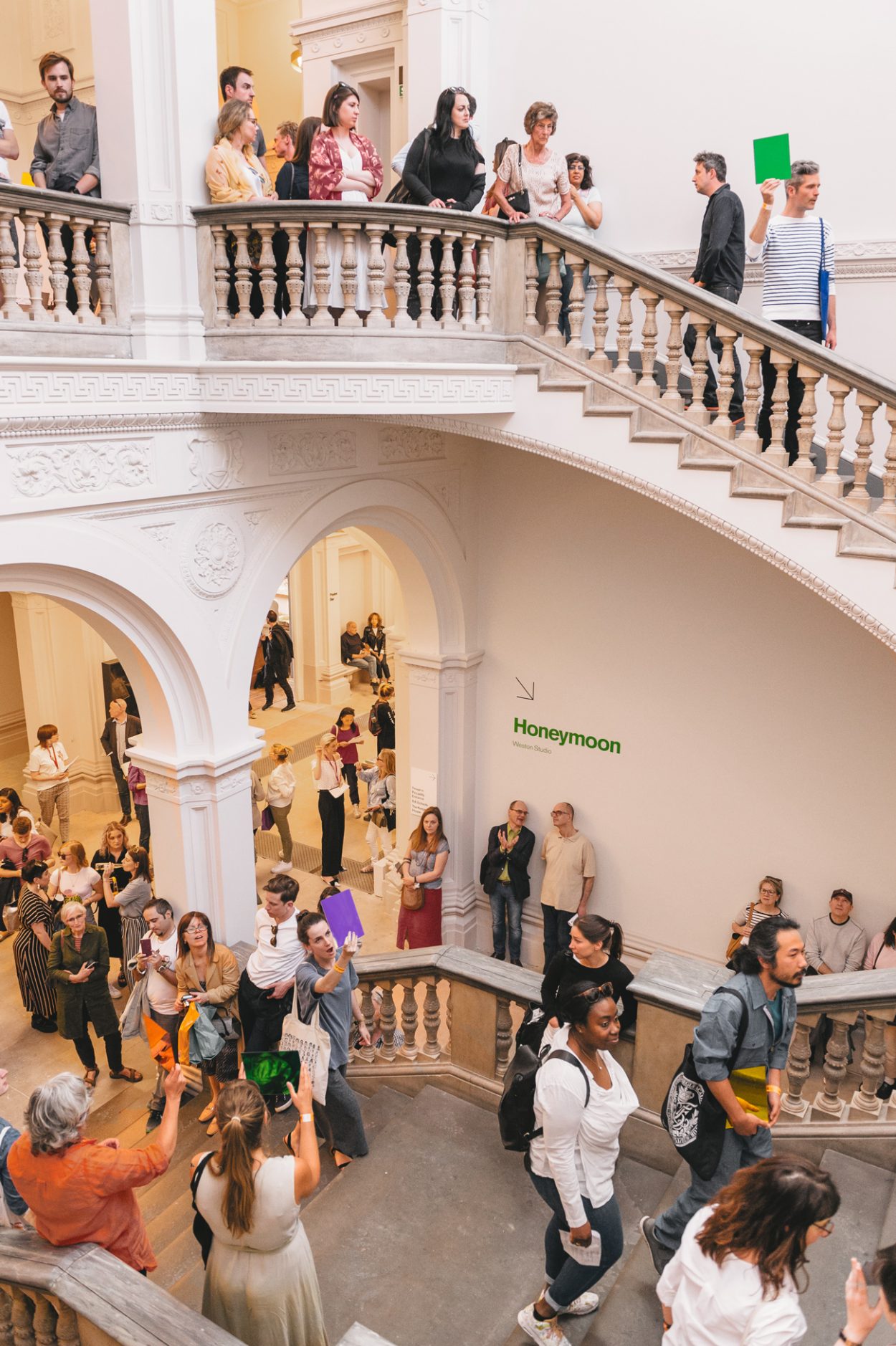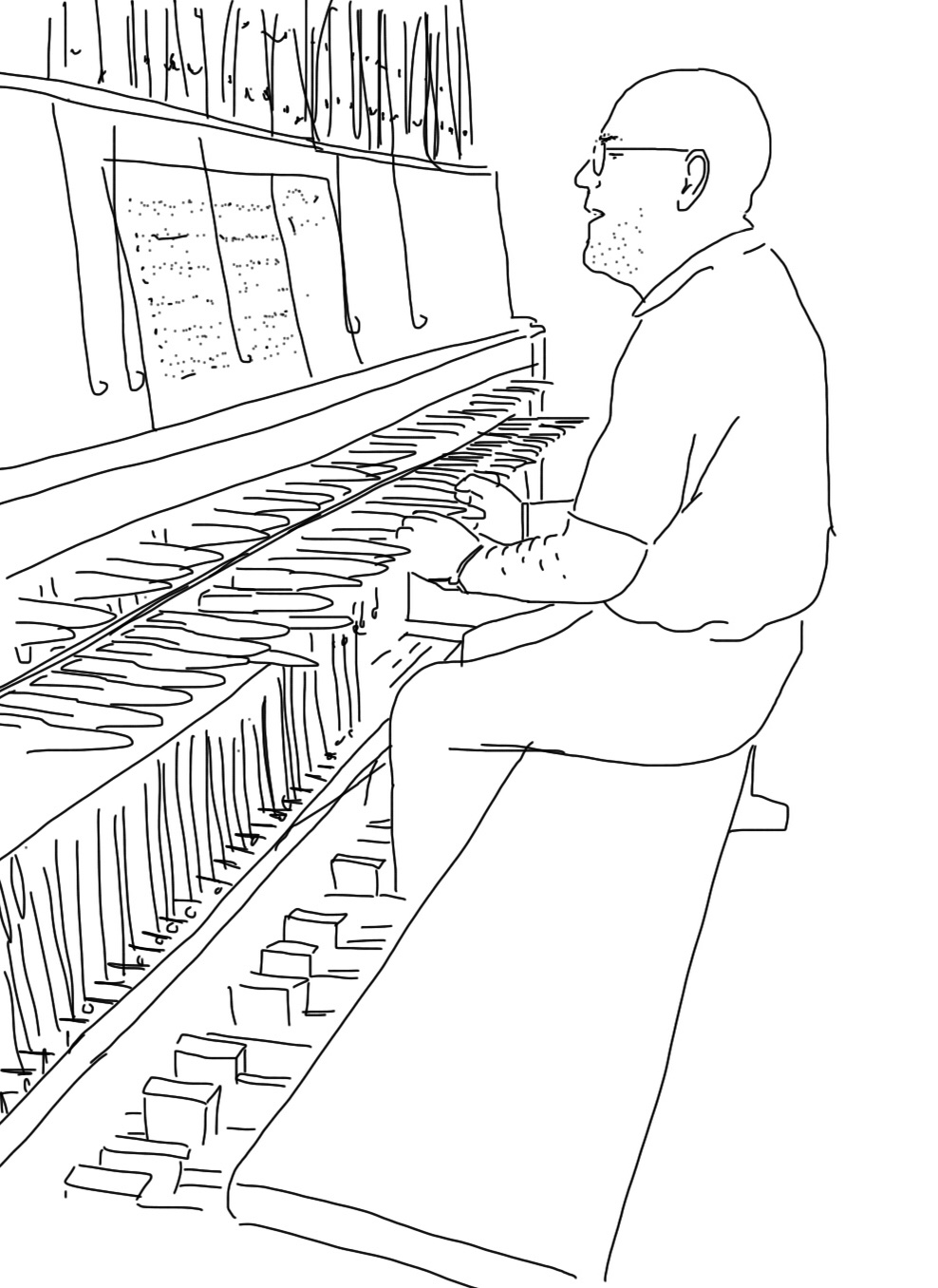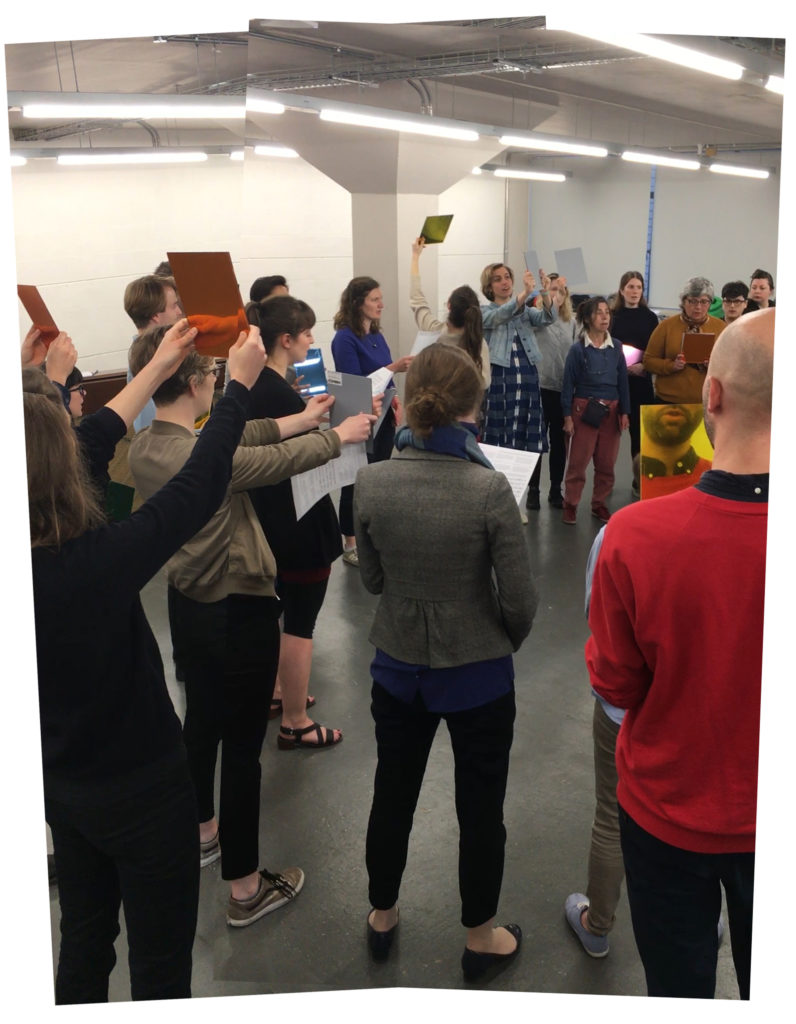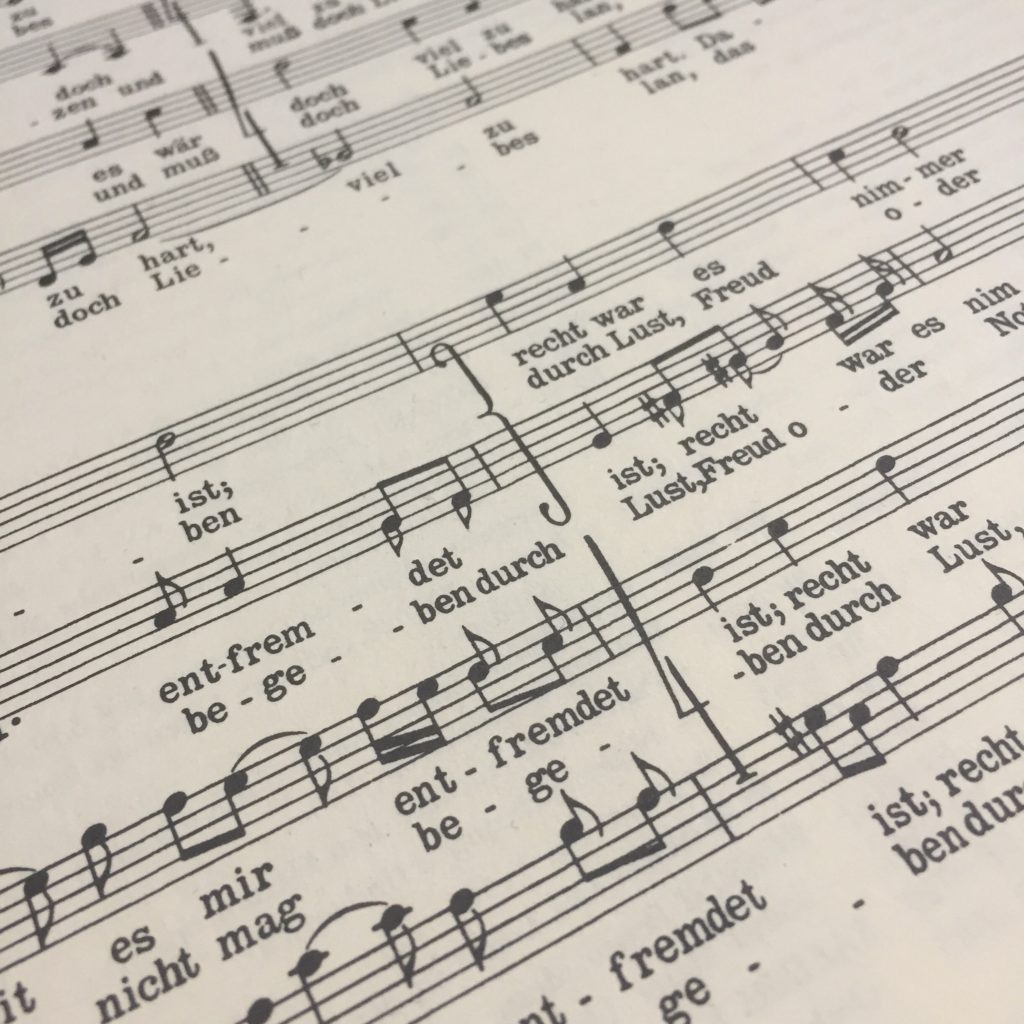Published
“She sprinkles flowers in the dirt / That’s when a thrill becomes a hurt”
Wanted some soulful-but-not-overly-corny tunes to work to so I put on a “song radio” Spotify station for music related to Gillian Welch’s “Look At Miss Ohio”, specifically the v. from Jimmy Carter: Man From Plains. First track to pop up was “That Day Is Done” with vocals by Elvis Costello and The Fairfield Four, Larry Knechtel on piano.
Oof, my heart…
The song was written by Elvis Costello and Paul McCartney, and it looks like it was originally released by Paul McCartney on his album Flowers In The Dirt. Personally, I prefer the Costello + Fairfield Four version. For a similar version, see live recording on YT. Related: see the history of The Fairfield Four, pretty exceptional. The group will soon be 100 yrs old.



